Create A Food Forest: Sustainable, Natural & Edible Landscaping For Your Health And the Planet's
A food forest layers different sized trees, shrubs, and all kinds of edibles in a symbiotic natural setting. It is the perfect sustainable foodscape.

Amy Draiss
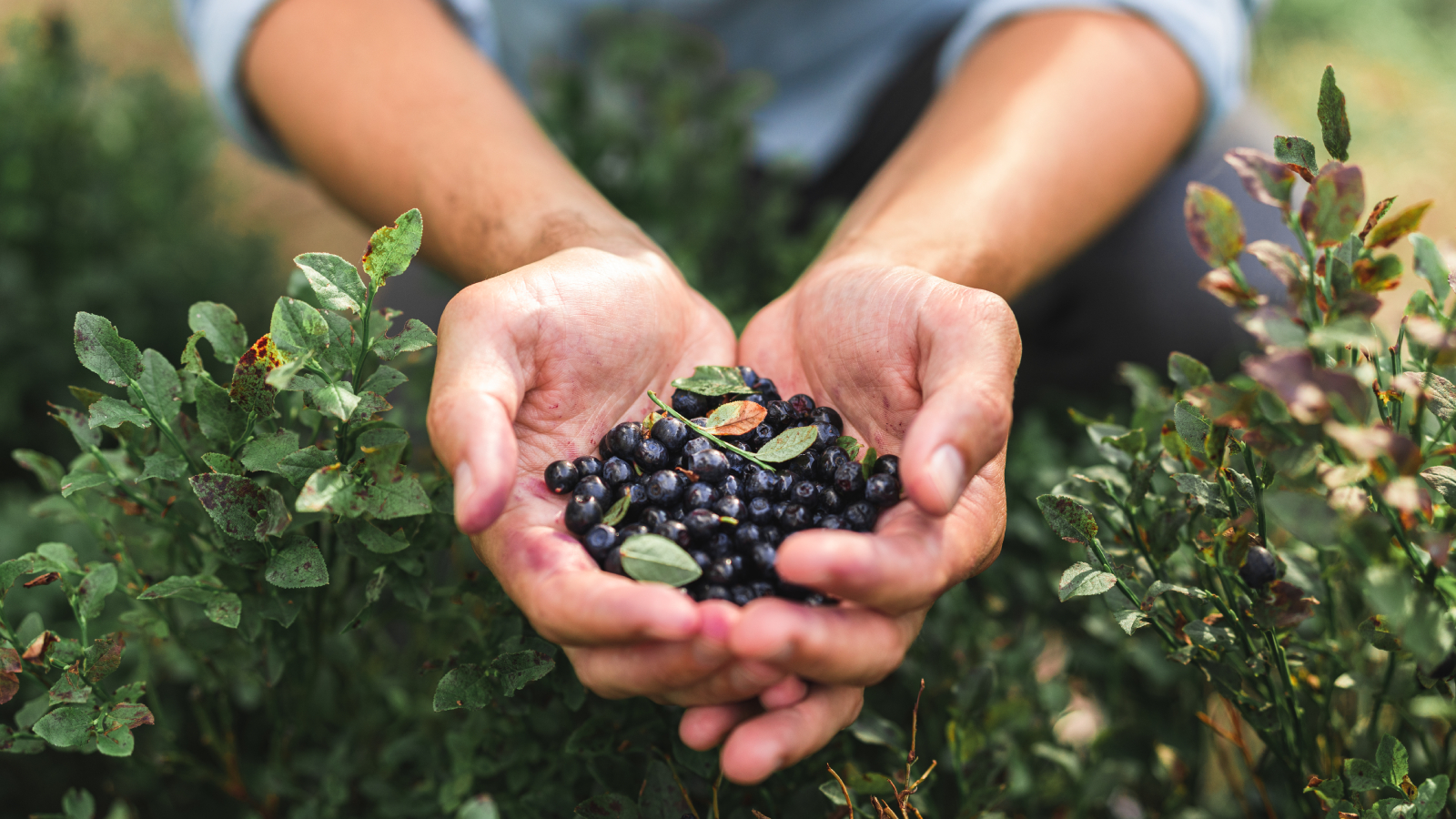
If you live in the city, you may wonder what is meant by food forest. There are actually gardeners who achieve a food forest in urban areas, but it takes some planning and a bit of land.
The forest garden consists of food and support plants that form an entire ecology which mimics that found in nature. The goal is to have a harmonious group of varying species that complement each other and that will feed the gardener and others.
The first steps in achieving such a vision begins with forest garden design and careful selection of plants. Growing a garden-to-table foodscape is a great way to get the freshest food while also making for a beautiful landscape. There will be many complimentary layers of plants, most of which will provide food, medicine, or herbs.
What Is A Food Forest?
You may envision a food forest as a literal forest filled with evergreen trees and deciduous trees. The concept is a little bit different and scaled down to fit the average home lot. The garden has 5 to 9 individual layers, beginning with a canopy. This provides some shelter for understory plants, encourages wild life, and produces fruits or nuts.
Next up is the understory plants, which are shrubs and perennial plants. Snuggly tucked in at the base are root and stem plants, surrounded by herbs, and ground cover.
Each of the layers is designed to compliment the others and provide consumables for humans and animals. Over time, as the plants mature, the entire ecosystem will become a nearly self-sustaining food garden.
Benefits Of Food Forest Gardens
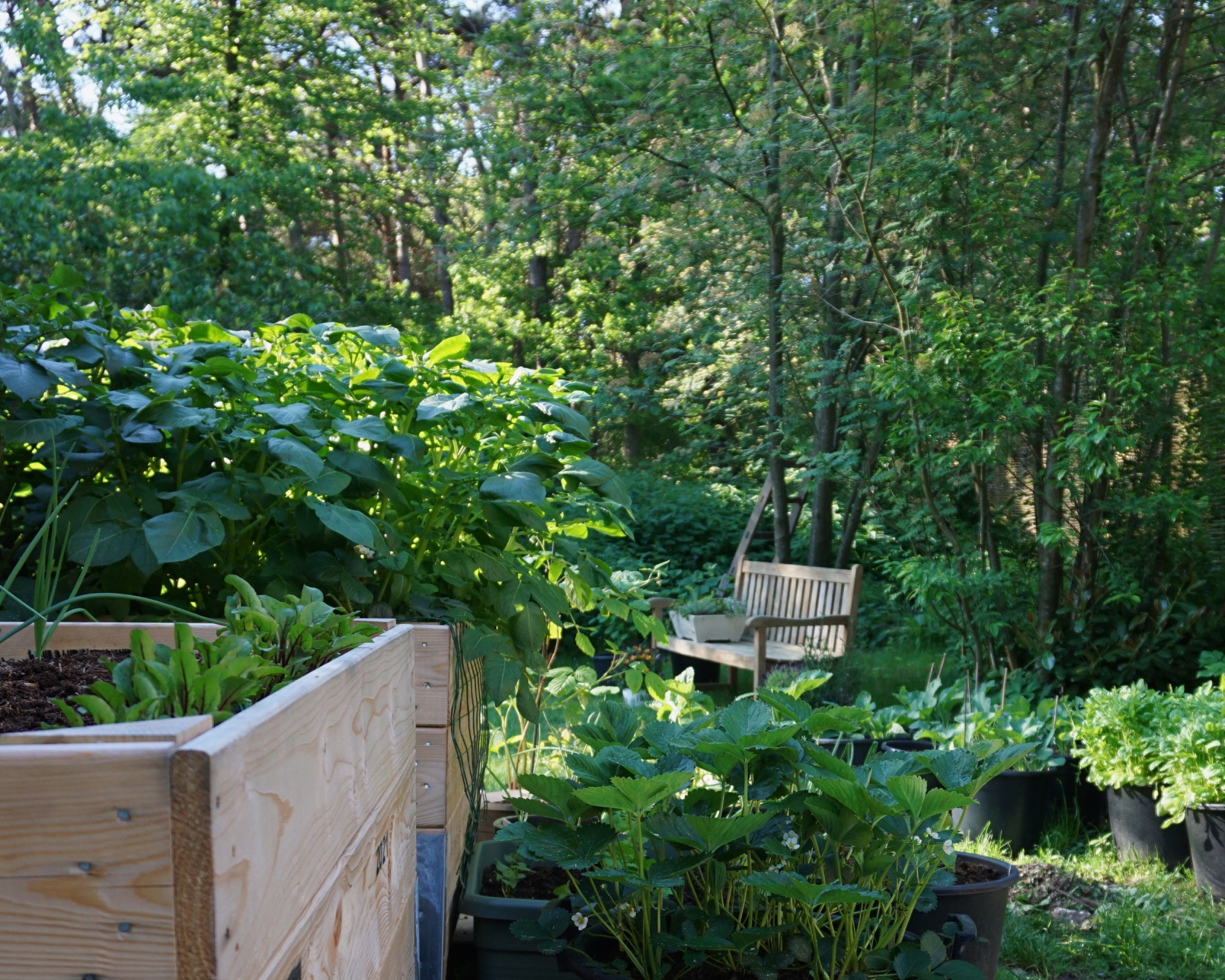
Aside from the obvious benefit of food gardens, produce and herbs, the trees in food forests also sequester carbon and provide important animal habitat. They enhance biodiversity, soil health, and help manage water usage. Once the garden is mature, it takes minimal effort to maintain. The garden attracts beneficial insects that prey on bad bugs and pollinators who will pollinate the flowers of food plants, enhancing crop yield.
Sign up for the Gardening Know How newsletter today and receive a free copy of our e-book "How to Grow Delicious Tomatoes".
The approach is holistic and meant to twin the natural actions of Mother Nature. When properly set up, minimal herbicide and pesticide is necessary. As time goes by, the natural detritus builds soil, increases mycorrhiza, and nurtures beneficial microbes.
How To Plant A Food Forest Garden
You can opt to use as many layers as you wish, incorporating the plants that will be useful to you. Depending upon the size of your plot, you may have towering trees or just dwarf fruit tree specimens. You may have a carpet of groundcover or just seasonal soil protection.
This doesn’t have to be a high cost endeavor, especially if you use native plants which are often available through local conservatories at low prices.
Canopy
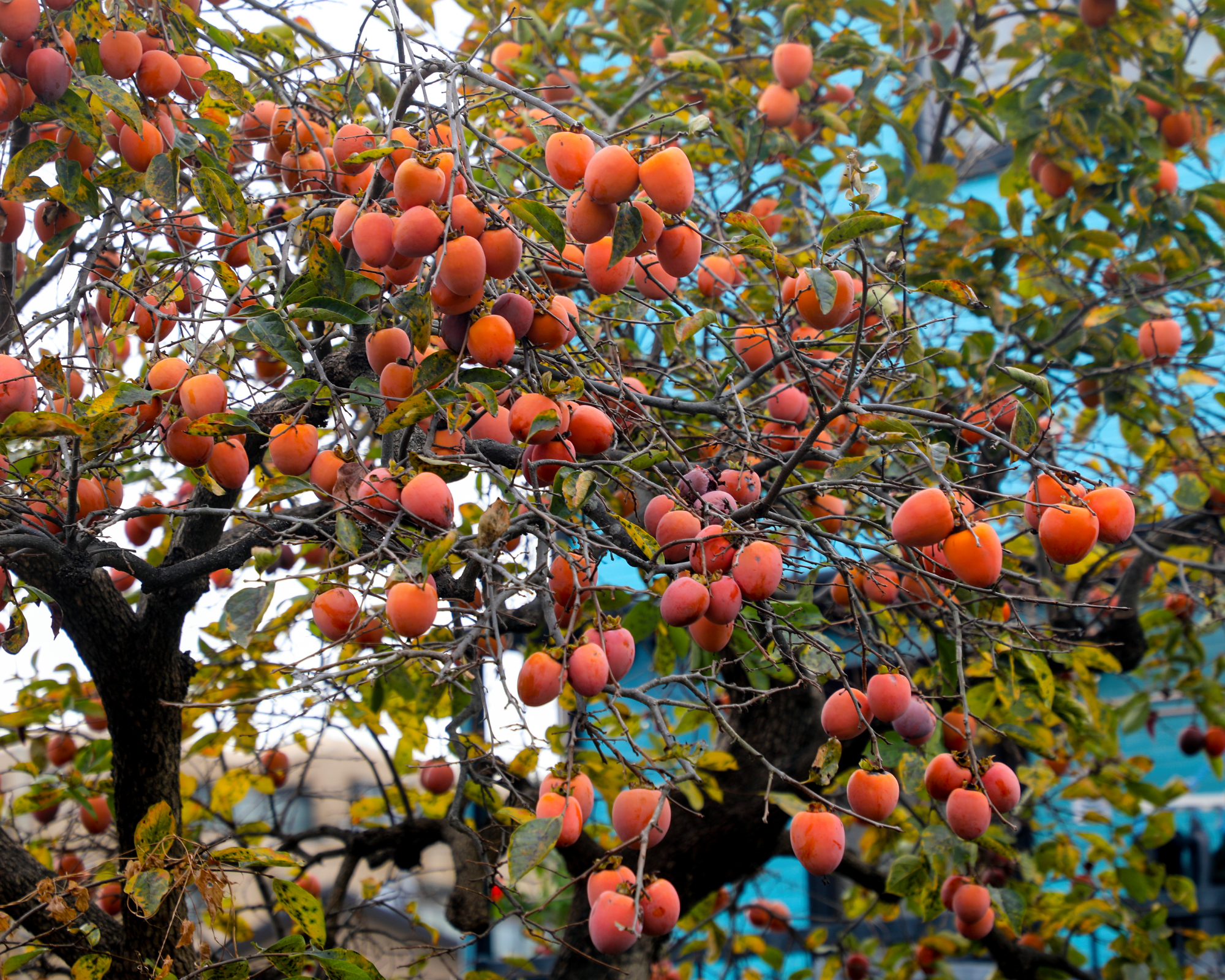
The canopy component is important to produce food, but it also shelters the lower story plants from harsh sun. It should allow some light in but protect plants from drying sun. You may elect for large plants like elms, hemlocks, or cedar, but utilizing nut and fruit trees like oak or pecan. Beautiful Northern red oak trees and others can be found at Fast Growing Trees.
Many urban gardeners select from smaller fruit trees like dwarf cherry, apple, persimmon, and pawpaw. Crabapple, serviceberry, and American plum are also excellent canopy trees for the smaller forest garden.
Understory
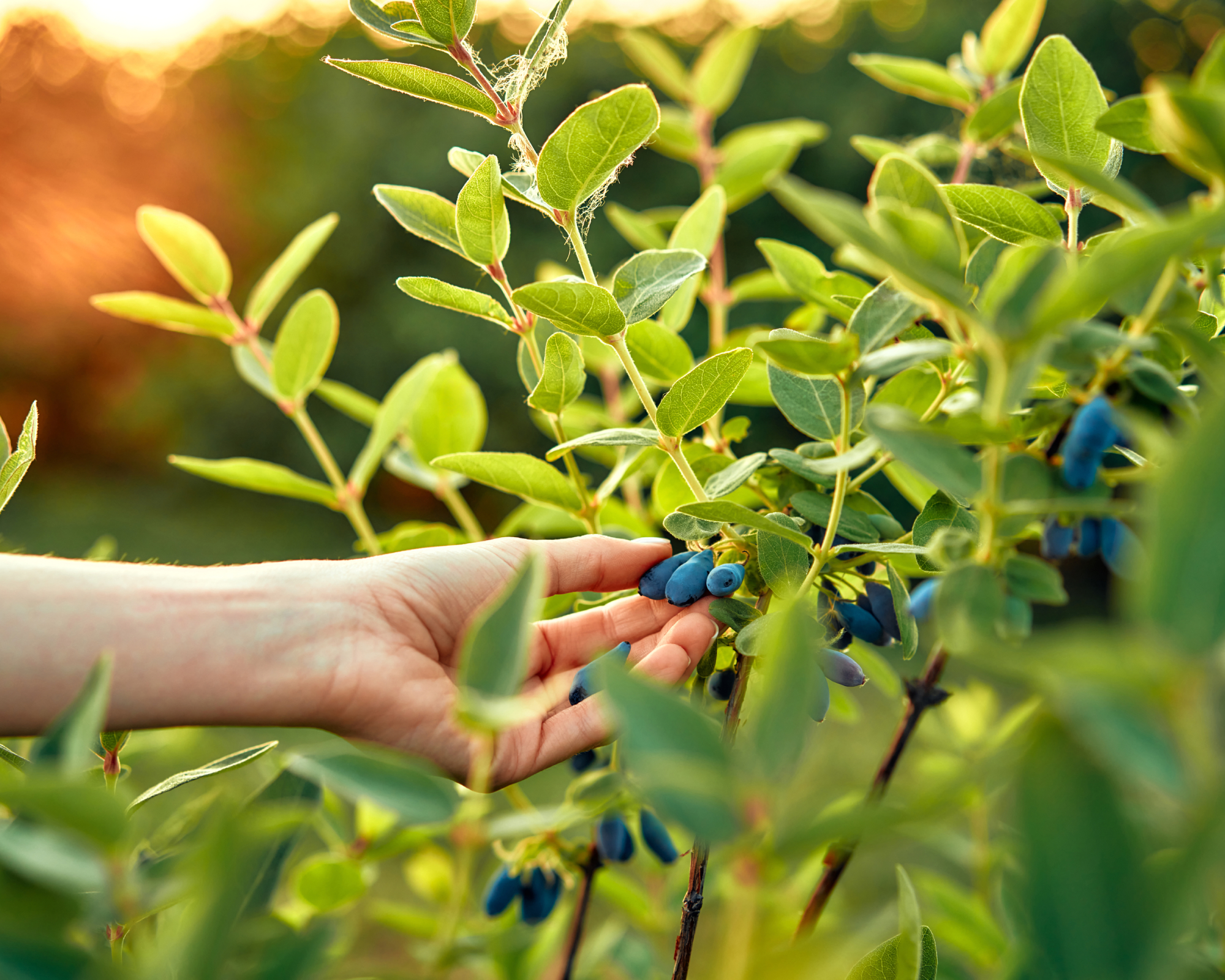
The understory is where you will find shrubs and bushes, combined with perennial selections. Smaller trees will be included in a large scale garden that includes towering trees. Hazelnut and elderberry are larger tree-like plants that can be used under tall trees.
Cane fruits like raspberries, goji berry plants, bush cherries, and blueberries link the taller specimens and grace the understory area with fruiting delicacies. Honeyberry, Aronia berries, and currants are other options among native berry bushes. Proven Winners has a selection Aronia berry bushes for various landscape applications.
Herbs
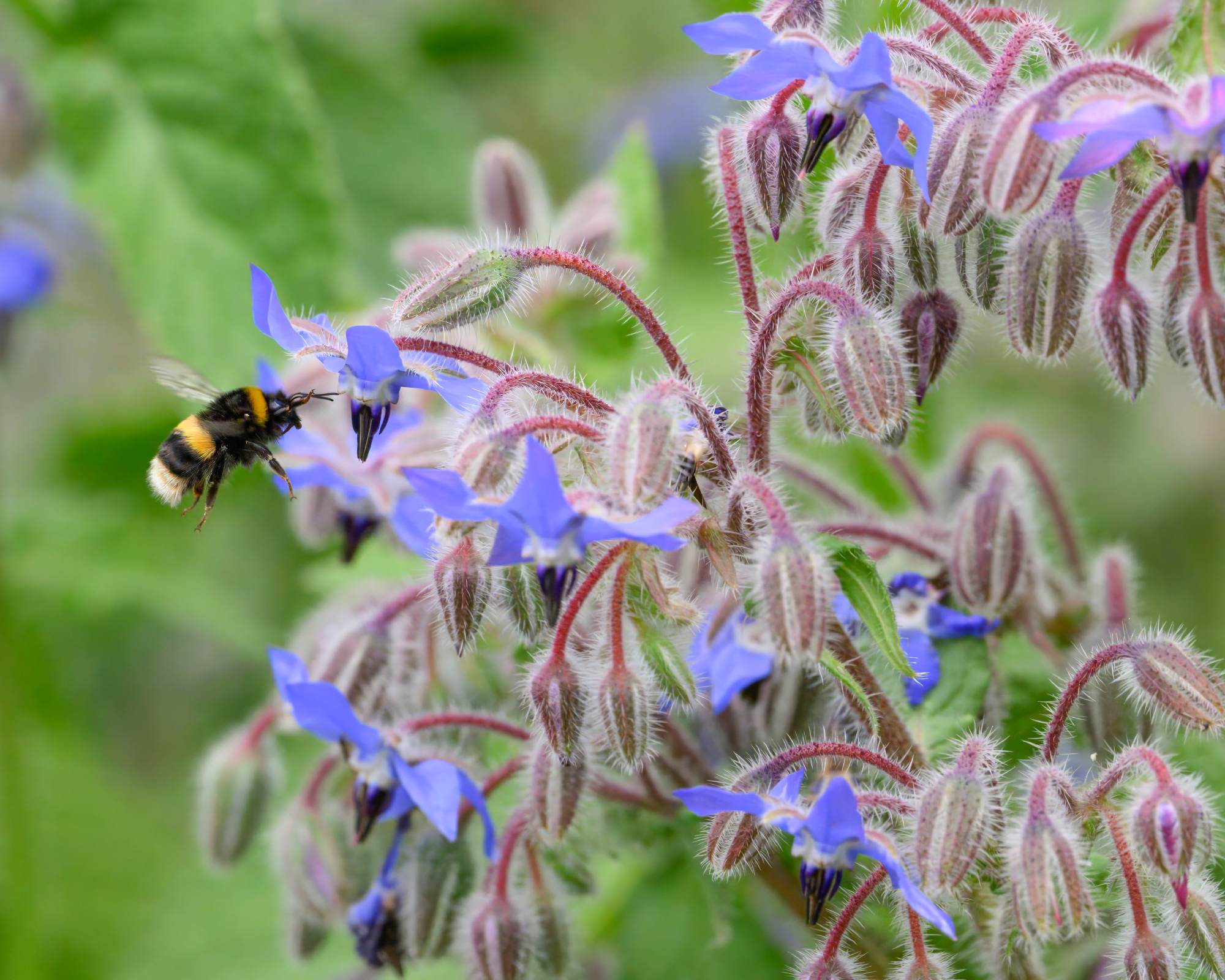
What is food without a little seasoning? Nestled under the fruiting bushes and other perennial plants are herbs, both medicinal herbs and culinary herbs. Incorporate some that will self sow like borage or dill.
Culinary herbs that attract pollinators might be oregano, thyme, and lavender will help enhance the overall health of the garden. Pair the herbs with edible flowers like pansies, daylilies, and chamomile. The Gardening Know How Shop has all the herb garden supplies and seeds you need to get started.
Groundcover
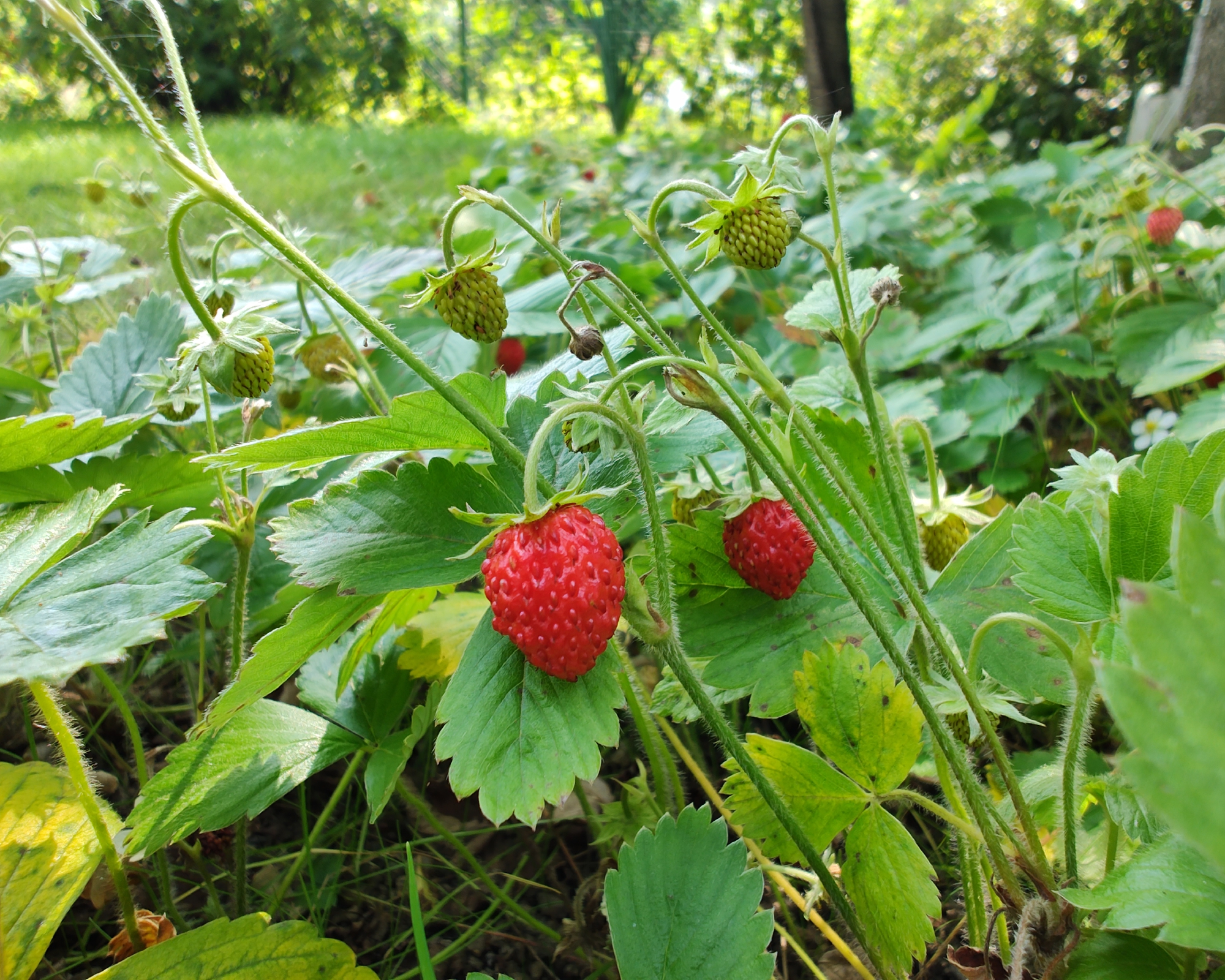
Groundcover plants are important to soil health, weed suppression, and moisture control. They also are the glue that holds the whole garden together. You can use plants like periwinkle or ivy, but these can get out of hand and offer no edible option.
Choose instead, alpine strawberry, Canadian wild ginger, or Eastern teaberry. Eden Brothers offers alpine strawberry seeds for a great price and each packet will cover 80 (24.4 m.) sq. ft. of area.
Roots
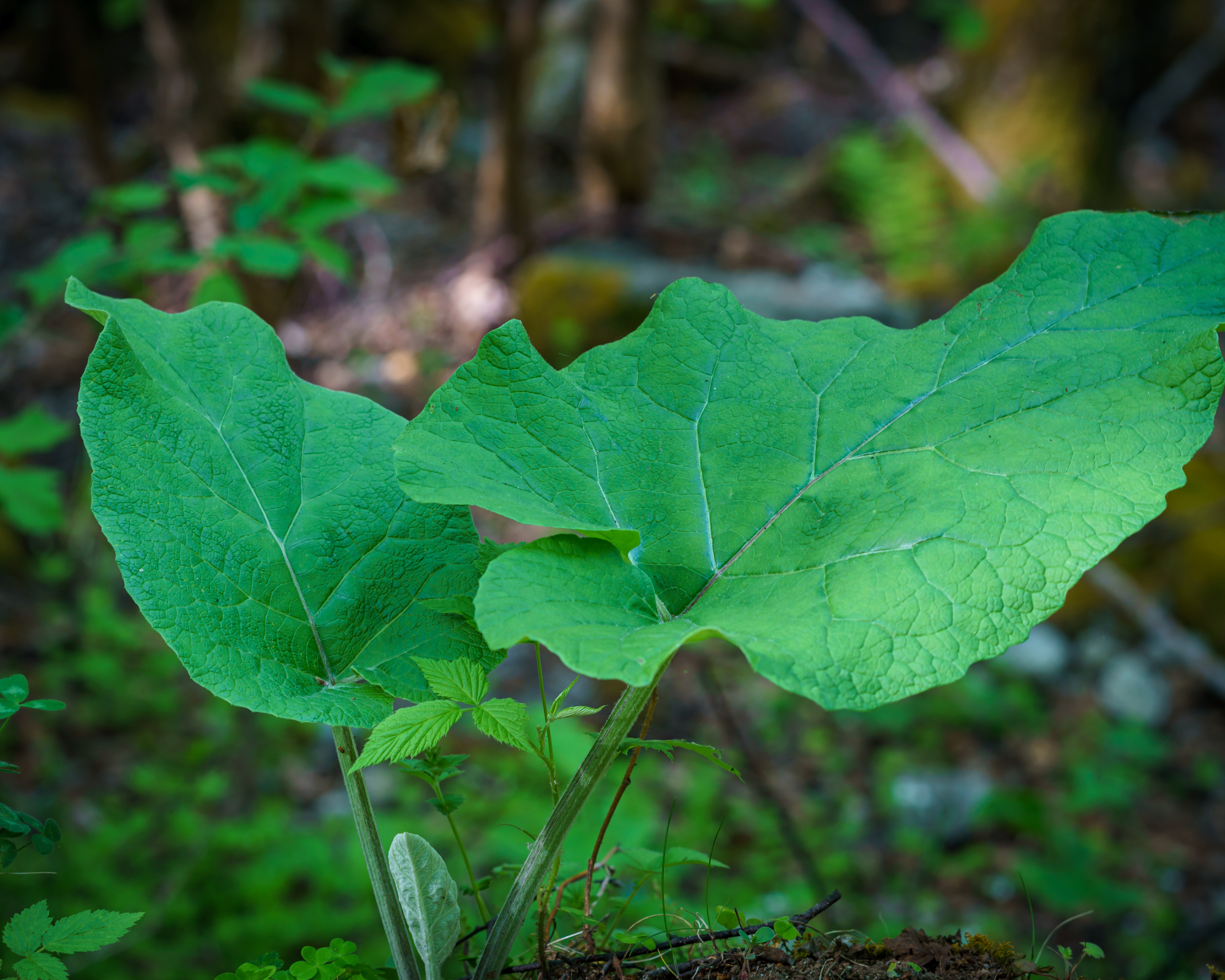
Root plants loosen the soil, increasing percolation and enhancing germination. They are also among the foods that we can preserve the longest. Carrots, turnips, potatoes, sunchoke, beets, and onions will all perform these functions and add deep flavor and color to our recipes.
Dandelion, burdock, and chicory are unique plants who have delicious roots with culinary applications.
How To Choose A Location
If you are confined to a fenced garden, the options are limited. Select an area that will be easy to maintain, have the space you require, and has good light. If your property already has some trees, this is an excellent site to start.
Make sure the location is accessible and has water nearby. A nearly flat or gently sloped area is ideal, but if the area is deeply sloped, consider adding in swales to capture water.
Plan Your Layout

Your basic plant will be to start tall and work down to the ground. Remember to view the garden as layered and think of it like a pyramid where each level, starting at the top, graduates lower. Make sure your canopy trees will have the light they need and then install the lower story bushes and shrubs in areas where they will get sufficient light. It may be necessary to observe the site for several days to identify the areas that get sun and for how long.
Consider adding vining plants in a smaller food forest that can function as understory species and still provide food, like passionvine. Once you have your larger plants in place, you can install roots, herbaceous plants, herbs, flowers, and groundcover.
Maintaining Your Food Forest Garden
Use support structures as necessary and consider using a drip irrigation system to target plants at the roots. If a plant is healthy but dropping leaves at the end of the season, leave these in place to compost naturally and add to the soil health. Use organic mulch to conserve moisture, reduce weeds, and slowly add organic matter to the garden soil.
Remove nuisance weeds as they occur and prune trees to help them achieve more light at the center. The A.M. Leonard soil knife is our gardening editors' favorite tool for weeding, pruning, and harvesting. When harvesting vegetables, adopt a chop and drop method where leftover stems or leaves are left to compost on site. These organic cast offs will nourish the soil, improving it for future harvests.

Bonnie Grant is a professional landscaper with a Certification in Urban Gardening. She has been gardening and writing for 15 years. A former professional chef, she has a passion for edible landscaping.
- Amy DraissDigital Community Manager